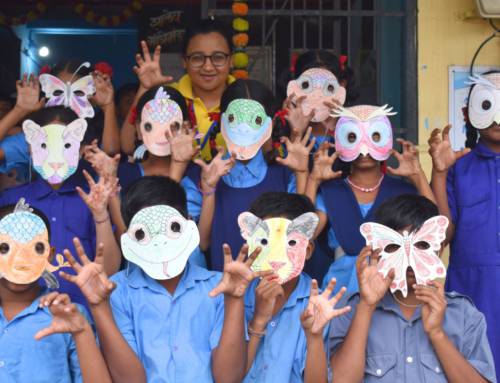Research Article: Tarun Nair, & Chaitanya Krishna (2013). Vertebrate fauna of the Chambal River basin, with emphasis on the National Chambal Sanctuary, India.
Blog Author: Deep Gogoi
Key Takeaways:
- Chambal Sanctuary is a haven for over 500 species of fish, reptiles, birds, and mammals, including rare creatures like the Gharial and Gangetic River Dolphins.
- Human activities like sand mining, fishing, and farming are putting the region’s unique wildlife in serious danger.
- Dams and water diversion projects are affecting the river’s flow, disrupting wildlife habitats and making it easier for poachers to strike.
- This sanctuary is not just a local gem but an internationally important hotspot for migratory birds and endangered species.
- Better protection, stronger rules, and habitat restoration are essential to save this endangered ecosystem.
Nestled in the heart of north-central India, the Chambal River Basin unfolds its natural grandeur, revealing a vivid tapestry of life within the National Chambal Sanctuary (NCS from this point). Dedicated to preserving the Gharial and the varied environment surrounding the Chambal River, this sanctuary, a rare tri-state protected area, stands as a beacon of conservation.
The study by Nair and Krishna (2013) isn’t just a report; it’s a vivid portrait, almost a dance of facts and figures, that brings to life the wildlife tapestry thriving in this singular landscape. Over the years, the Chambal River Basin has become a living ark for a staggering array of creatures. Picture the catalog of this study: 147 species of fish darting through the waters, 56 types of reptiles basking in the sun, 308 kinds of birds painting the sky, and 60 varieties of mammals roaming the terrain. It’s a wonderland of life. But amidst these are numerous species that are at the brink of extinction, like the Gharial that slices through the river’s surface with its delicate snout, or the Gangetic River Dolphin, whose mere presence whispers the critical role that the sanctuary plays in preserving these rare wonders.
Framed by the ancient Vindhyan and Aravalli Mountain ranges, the sprawling river system stretches across nearly 1800 square kilometers. The landscape is a patchwork of floodplains, gullies and sparse forests, which creates a mosaic of habitats that supports an extraordinary range of wildlife. The Chambal River does not just nurture vital breeding grounds for fish, it also serves as a crucial stopover for migratory birds that wing their way across continents every year.
But all this beauty comes with its own set of thorns. Activities of humans such as sand mining that scars the river bed, fishing that extracts more than it should, and agricultural expansion that hungrily consumes the wild, coupled with impacts of damming and water extraction threaten this delicate environment. These are big bad threats that change the river’s natural flow, affecting the habitat and threatening the delicate web of life that this sanctuary supports. Balancing conservation and development is a walk on a tightrope and the scales seem to be tipping dangerously.
The work of Nair and Krishna sheds light on the richness of life in the Chambal River Basin and the shadows of threats looming over it. By doing so, the research aimed to spark a fire of awareness and urgency, and calls for action. The basin is not just a refuge for endangered species but also a symbol of nature’s resilience.
This tale is not just about fish, birds, or crocodiles; it is a story that echoes with the rhythms of life, death, and the fight for survival. It is a reminder of the intricate balance that sustains the natural world and the efforts required to preserve such irreplaceable environments.
To access the original article, click here.
Keywords: Checklist, Gharial, Important Bird Area, Red-crowned Roofed Turtle.



